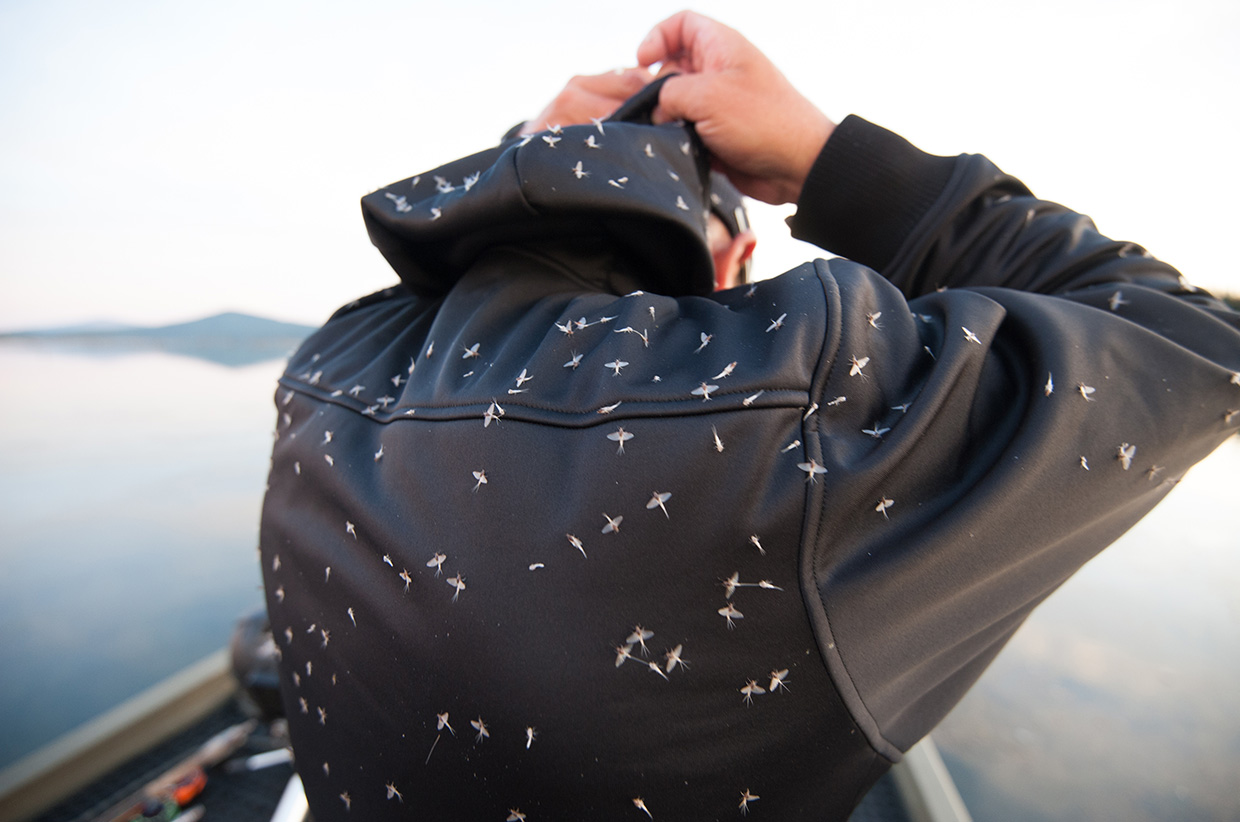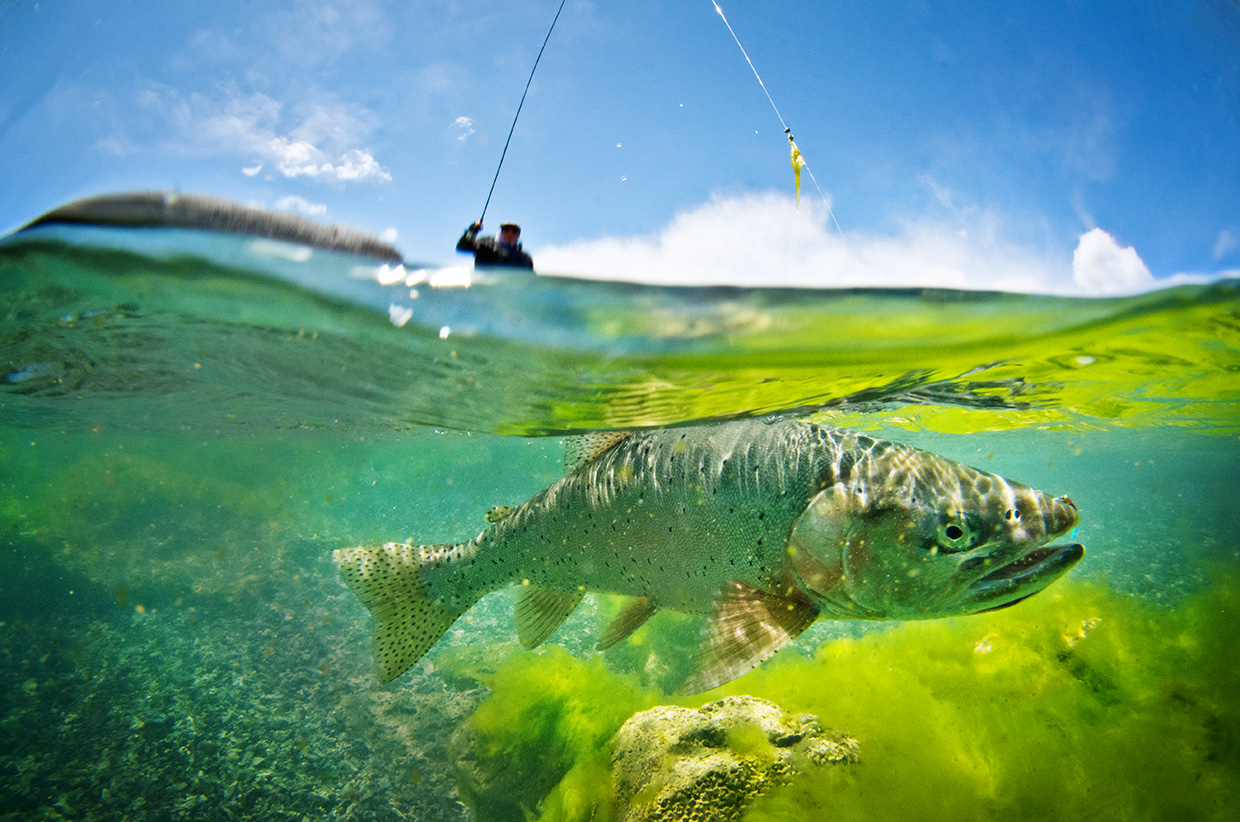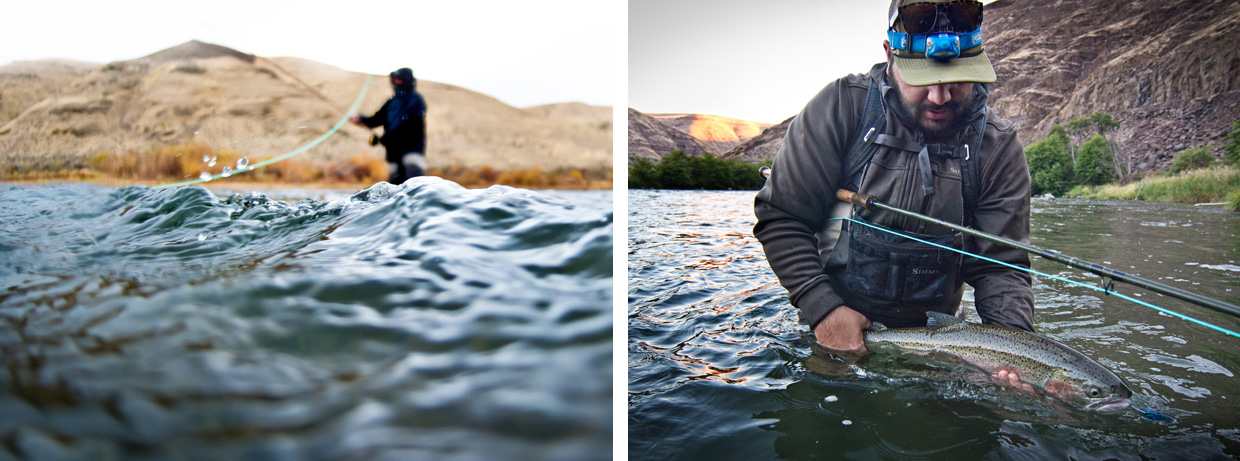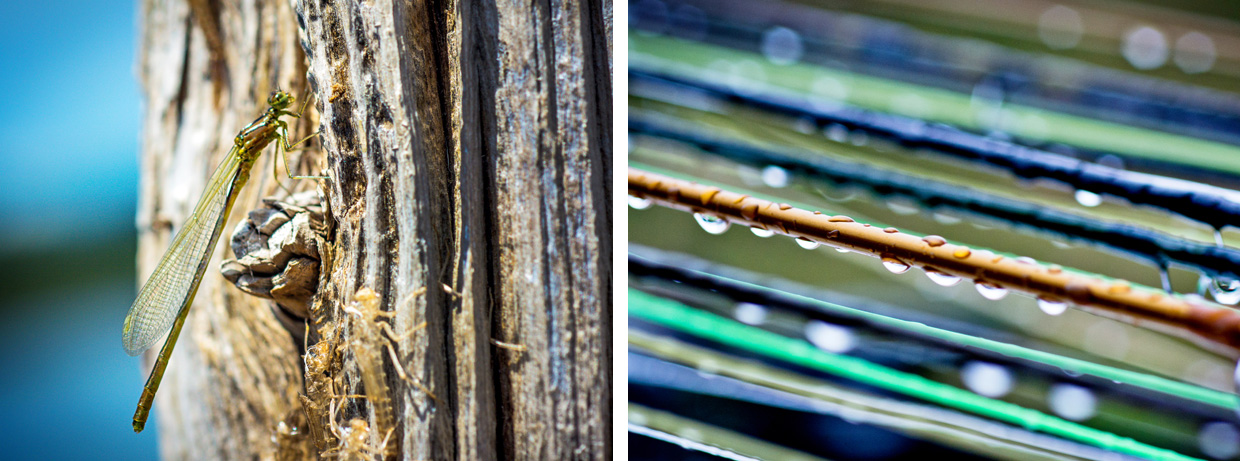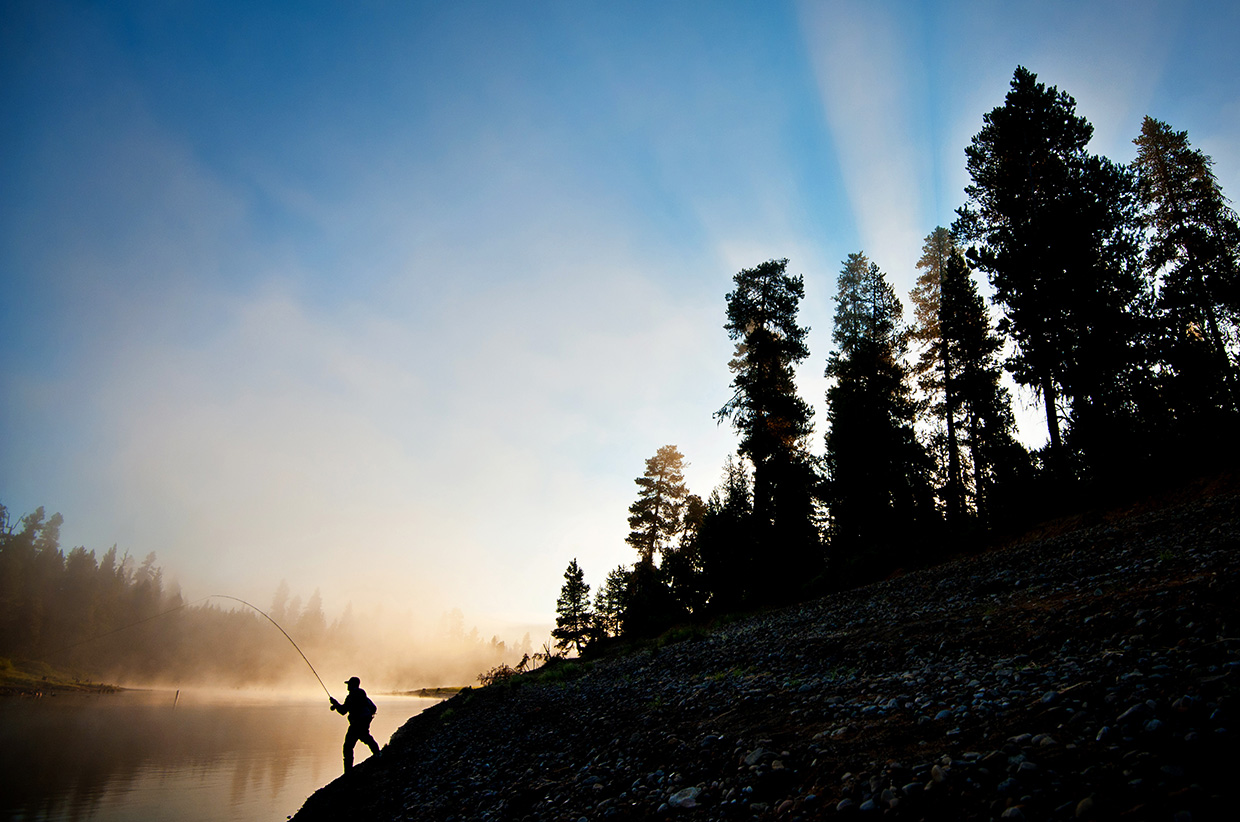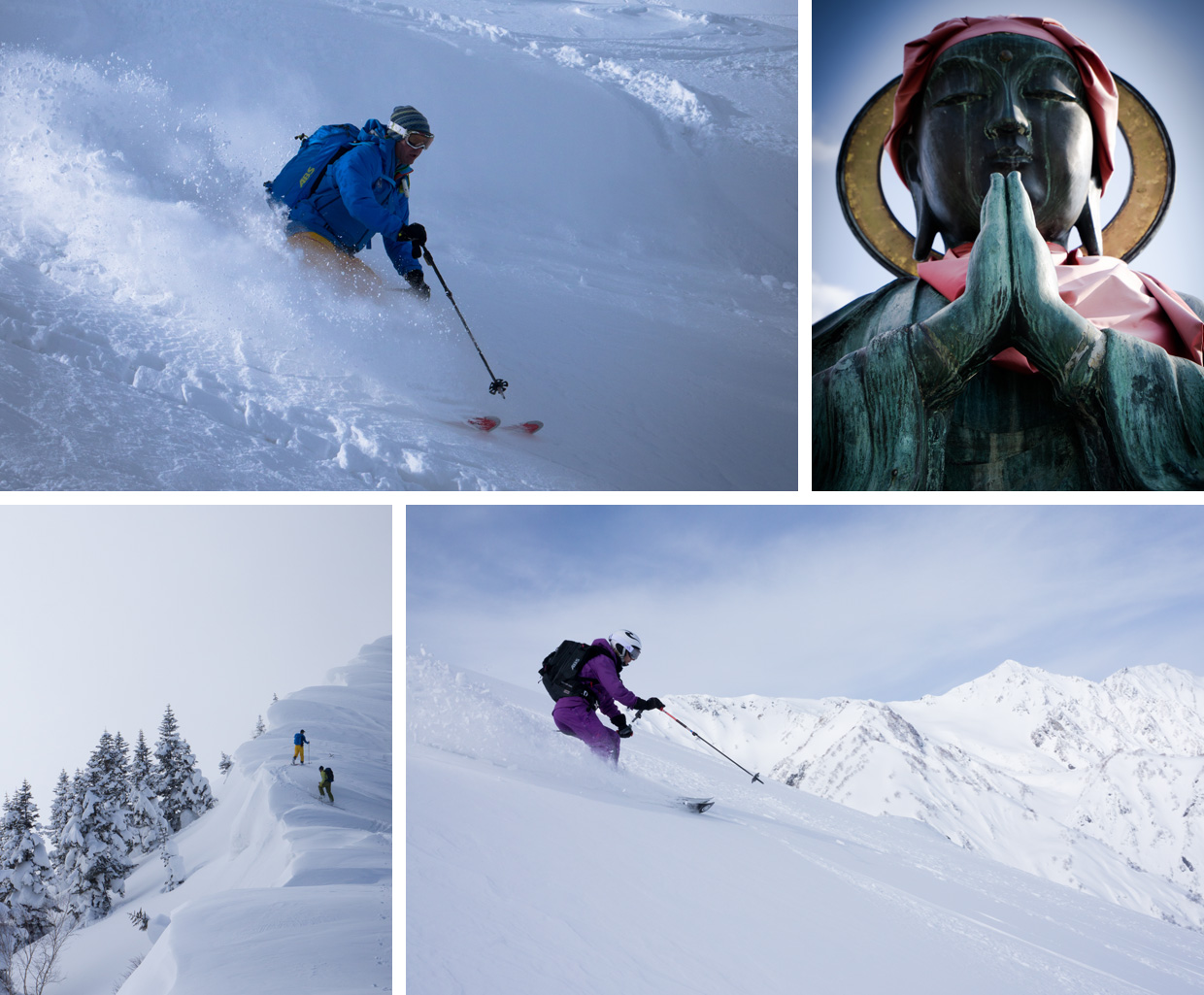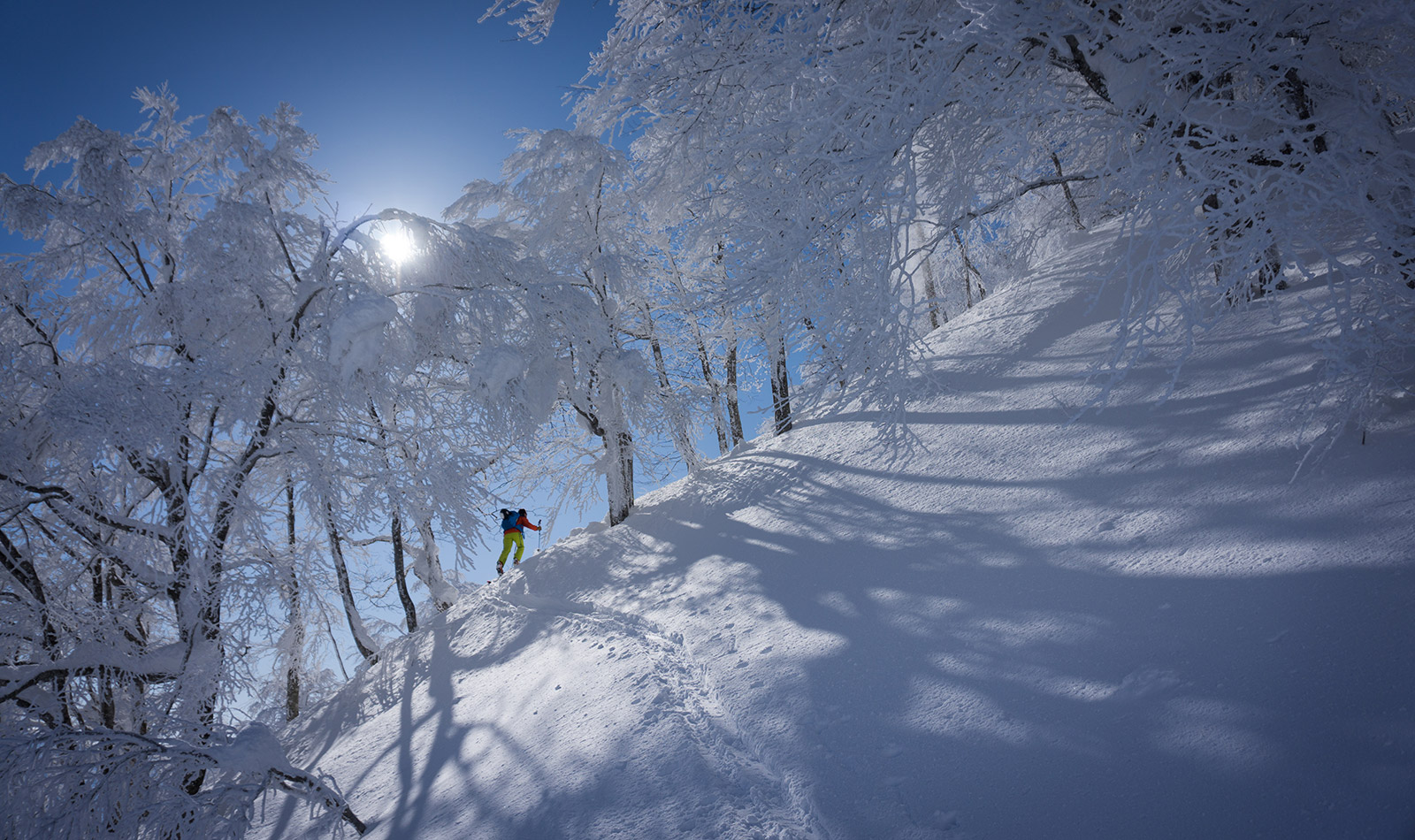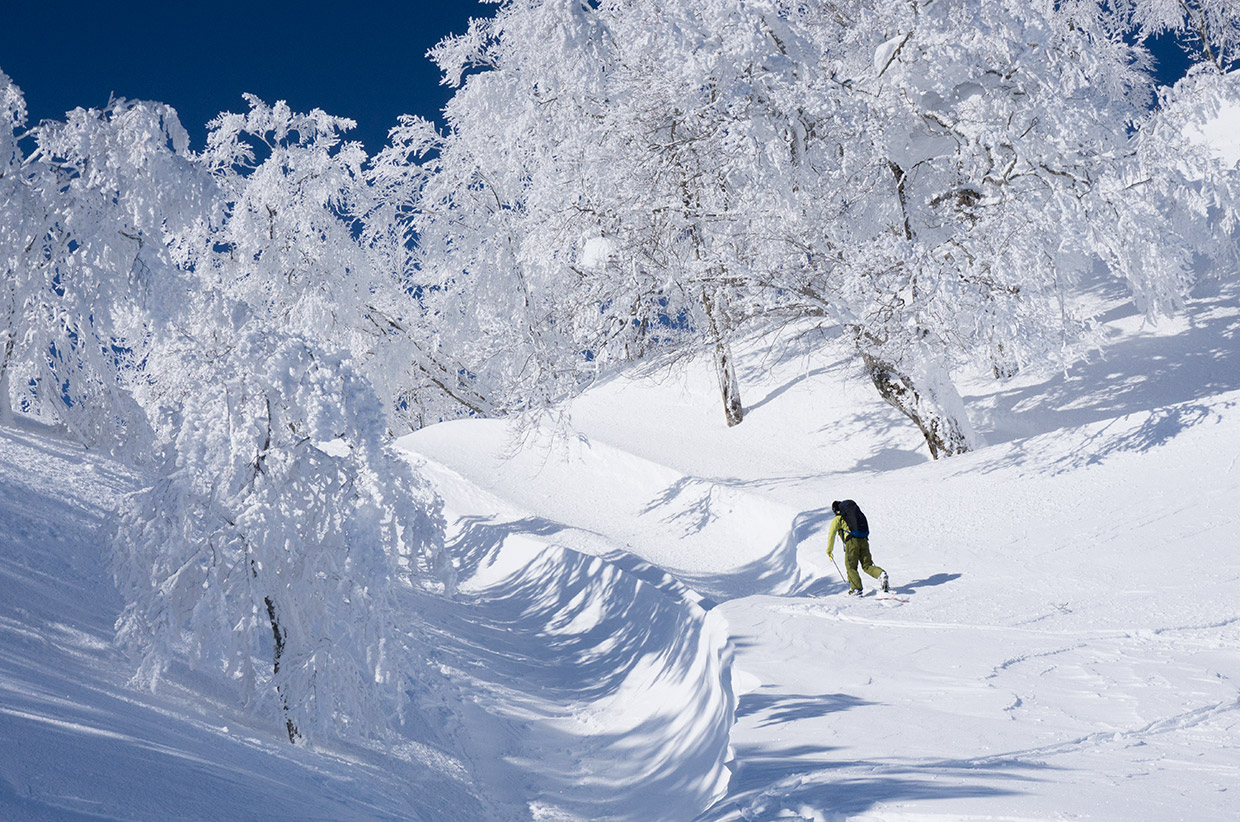At the start of each riding season especially if you live in
a mountain town where the roads are snow, salt grit and ice bound for 4-6
months getting back on the Iron Horse can be a foreign thing. It also comes
with questions about the bike. Another year another set of bike launches, the
new Africa Twin, the SWM Adventure, another megalithic GS, and the credible
CCM450 Adventure and a plethora Triumph Tigers and XC and serve to push you to
re-evaluate your machine of choice.
Also be honest, do you need a 300mile range tank, are you
really going to travel from Khartoum to Dar-es-Salaam and never pass a fuel
station and if you ever do, then a couple Rotopax bolt fuel canisters or a fuel
bladder will get you there. Fuel is heavy and unless mounted low seriously
affects the handling of the bike.
Having been pinned under a GS800 with 2x15kg panniers made
me rethink what the GS I was doing.
These ubiquitous hard panniers machines piloted by multi
pocketed Cyberman, suggests to me what we are doing, whilst is a strong
aspirational marketing image that is selling the machines to the masses, is
actually pursued by only a few.
So if you want adjustable good suspension, the ability to
ride road, some single track and trails, and feel as though you are riding not
just surviving then few machines are as capable as the KTM 690 Enduro with its
added bits.
At the start of each riding season especially if you live in
a mountain town where the roads are snow, salt grit and ice bound for 4-6
months getting back on the Iron Horse can be a foreign thing. It also comes
with questions about the bike. Another year another set of bike launches, the
new Africa Twin, the SWM Adventure, another megalithic GS, and the credible
CCM450 Adventure and a plethora Triumph Tigers and XC and serve to push you to
re-evaluate your machine of choice.
For me I am on my 2014 KTM 690 Enduro R for the 2nd full
season. The only thing that comes close to the mix I wanted is the Husqvarna 701 but hey its 690 in Blue White and Yellow and
without the large supply chain making aftermarket bits (this may come). The CCM
of course would be ideal but for the 450cc engine.
I suppose you need to be honest about what sort of riding
you will do and how and where you want to ride it. 15,000 British GS riders in
the last 8 years bought into the rufty tufty round the world dream, complete
with matching suits and plenty add-ons to add weight to your monster. Most will
never see dirt, let alone a sand storm or a single track. So if you like the
image, and your idea of an adventure is a French motorway to a GS meet near
Nice, knock yourself out. However if you want rocks, rubble, dust
and skinny trails, then The GS or any weighty machine is not for you.
Also be honest, do you need a 300mile range tank, are you
really going to travel from Khartoum to Dar-es-Salaam and never pass a fuel
station and if you ever do, then a couple Rotopax bolt fuel canisters or a fuel
bladder will get you there. Fuel is heavy and unless mounted low seriously
affects the handling of the bike.
Most “adventure bikes” are 200kg plus, add some luggage
(even you manage to travel light) you will be close to 230kg, some may top
260kg.
Having been pinned under a GS800 with 2x15kg panniers made
me rethink what the GS I was doing.
There are not many sub 180kg bikes and none off the peg that
really fit the bill of what I wanted.
My criteria are
I need to drive to the trailhead and unlike the USA these
distances can be long, often a day or two on the flat top. A small 250-450cc
engine would seem just to be under a lot of pressure doing this day in, day
out.
I stick to the A and B roads generally but it needs to sit
at 110kmph/70mph and still be relatively comfortable and handle. Some wind
protection would be nice and it should be able to carry some luggage.
14+ litres offering up to a 350k range means we can ride for
two trail days and not panic about finding fuel.
It strikes me as odd that no-one makes a 600cc sub 180kg
machine with a reasonable range and good suspension for the trails. But having
just ridden 6 days on the best trails in Europe in Sardinia and meet no other
riders, whilst on the nearby roads hundreds of BMW’s and Multi Stradas it maybe
should be no surprise.
These ubiquitous hard panniers machines piloted by multi
pocketed Cyberman, suggests to me what we are doing, whilst is a strong
aspirational marketing image that is selling the machines to the masses, is
actually pursued by only a few.
So if you want adjustable good suspension, the ability to
ride road, some single track and trails, and feel as though you are riding not
just surviving then few machines are as capable as the KTM 690 Enduro with its
added bits.





